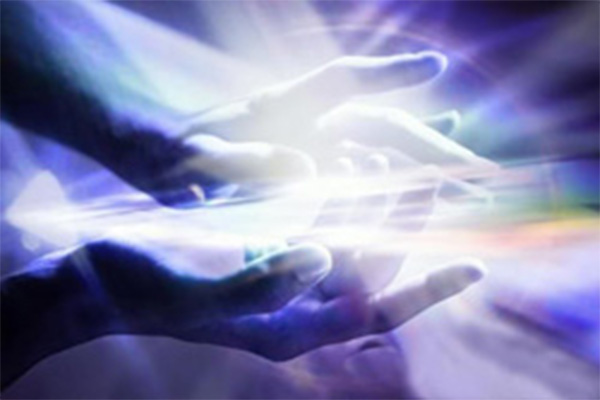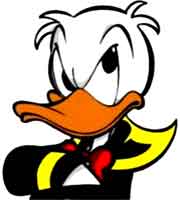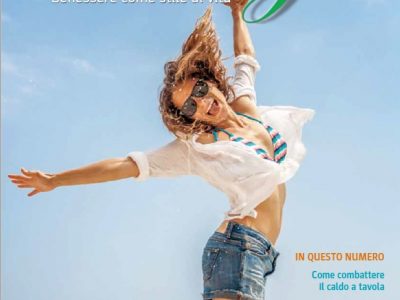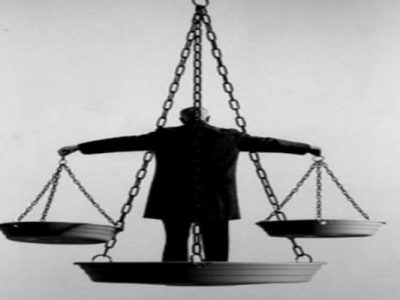
THE THERAPEUTIC TECHNIQUE OF ORGONETHERAPY
The Therapeutic Technique
The orgotherapy uses three roads for the operation of the organism and are:
- the respiration
- the character analysis
- the bio-physical work on muscles
The respiration

The patient is invited to breathe naturally through the mouth.
Usually, after a few minutes, the patient perceives various feelings in different parts of the body, a tingling in the mouth, hands and feet (these type of reactions represent a first answer of the armoured organism to the increased energy charge coming from the respiration; we underline that the respiratory block is the first action that a child does to experience pleasure).
Later, continuing with the therapy, the patient can breathe as much as he/she wants without the previous feelings to occur again.
Other reactions provoked by respiration are:
- a sense of dizziness (this happens because an eye segment gets blocked, and its intensity is different for each individual)
- a growing sense of anxiety (it should be clear, by now, that one of the main functions of the armour is to avoid anxiety indeed), temporary tingling in some different parts of the body (it’s the energy that restarts flowing).
While continuing with the treatment, such reactions will change, some will decrease, others, like anxiety, will face fluctuations.
All these things tell us that the armour is ceding, by gradually freeing the natural energetic circulation of organism.
Character analysis

The character analysis consists in focusing on the patient’s attitude. Such attitudes function as defence from extremely unpleasant feelings and are felt as whole and basic aspects of the “self”:
“you see, doctor, this is me”
“this is my personality and I can’t do anything about it”
and for this reason, these aspects will always be protected.
Actually, personality aspects are subject to analyses and might be modified.
A correct character analysis allows to unravel the knot of its many layers;
when the struggle, which is responsible of their insurgence, has been faced and solved that layers will disappear and give space to new attitudes, genuinely natural and rational.
This way, the shy and submissive individual will be stronger and more resolute; while who is always distracted and has the head on the clouds will be more in contact with himself/herself and the surrounding environment; the person who is overanxious will experiment anxiety only if really needed; the hesitant person will be able to make rational decisions. The therapist, while studying the patient’s personality, will try to identify the red thread: this aspect is fundamental for any analytical-temperament treatment and can be defined as a particular self-defence mode that the patient adopts to protect him/herself from anxiety; it also represents that “detail” that differentiates one patient from another and that leads the therapist to dismantle the defences.
In orgone therapy we don’t fit a person within a diagnosis scheme to treat each person with the same diagnosis in the same way; on the contrary, the therapy adopted results from the patient’s biophysical-temperament structure, that’s why each treatment is unique.
We have mentioned about the diagnosis that, in orgone therapy, is a synonym for diagnosis of the personality.
Each person during one’s own development has met some problems connected to a specific step of the growth.
With the term “steps” we mean what Freud had mentioned (oral, anal, phallic and genital, together with the eye step added by Baker in 1967), which represent some basic and important moments to determine the person’s whole psycho-bio-emotional aspect.
Each phase focuses either on a body area or on an erogenous one, which, during that specific age, is the most energetically charged and is the instrument through which one gets in contact with the world according to the typical manners of that area.
For example, the addiction to the oral phase or the obstinacy of the anal phase.
In a person, when a development phase doesn’t give way to the next one, but it rather lasts pretty obviously, it is said that such person has a hindrance connected to the aforementioned phase.
The presence of a hindrance defines both the personality and the existence of the person who has developed it.
For instance, an oral hindrance can be underlined by an excessive desire of food, or by a smoking addiction, or by excessive talking, or even by the inability to be responsible for one’s own actions: the latter block is a consequence of the dependency of childhood that hasn’t been completely overcome yet.
We identify two main different types of block, the buried – in which frustration has been total –, and the unsatisfied – in which a sudden or excessive frustration occurred, but only after the child has experimented some satisfaction.
Once we have established the diagnosis and identified the red thread, the treatment carries on following specific indications that often let the therapist foresee the armour dismantling performance; such indications, anyway, always let know where the patient is at any time during the therapy.
The bio-physical work on muscles

The third intervention of orgone therapy concerns the bio-physical work on muscles, and therefore on the muscle or somatic armour.
We have already identified the functional connection between the two aspects of the armour: the personality and the muscles.
A personality feature can, therefore, be eliminated either through the personality analysis, or by freeing the specific feeling included and held by a specific muscle unit.
Such result is obtained by pressuring the muscle(s) until another contraction is not possible anymore.
If everything is correct, the trapped emotion blossoms in all its intensity and gravity; also, if there is a specific traumatic episode or a memory – usually from childhood –, the patient will remember it with the same intensity of that time as if he/she is re-experiencing it in the present, because that emotion – once trapped due to the personality’s limit though always living – could finally show itself.
Commenting this aspect of the therapy is a due.
We often hear about people practicing the “Reichian massage”: this is just a rough misrepresentation of the work on the muscular armour.
In orgone therapy we don’t “massage” muscles, we rather help the patient to express what a certain muscle unit holds.
For the therapy to be effective, it is necessary that: patient and therapist are connected, the therapist knows at what step the patient is and how much energy his/her biosystem can bear in that moment, and, last but not least, the therapist is able to “handle” the strong emotional impact that such procedure inevitably causes.
Clearly, it is necessary that who practices such therapy is a doctor with specific knowledge of anatomy, physiology and psychiatry, and is able to intervene in case of strong psycho-physical reactions.
The choice to act on the psychic aspect rather than the muscular aspect of the armour only depends on how the patient is connected to his/her own emotion limits.
Contradictions and personalities defences will be analysed, somatic work will be irreplaceable to express those emotions that the patient “feels” inside, spontaneously or as a consequence of the personality test.
The orgone therapy is an extraordinary means of intervention with great benefit potentialities, but it requires the maximum attention and preparation by who practices it.
Nobody, without a proper training, would ever improvise as a surgeon, and orgone therapy is definitely something not to underestimate, assuming that the intention is to dismantle the patient’s armour and not only “tickling it”.





